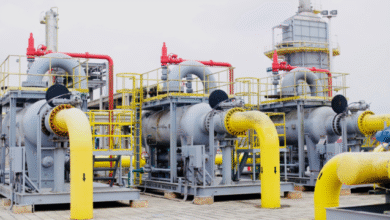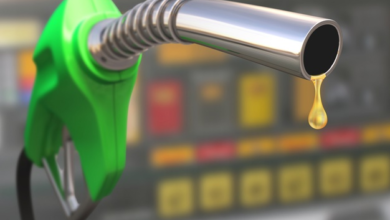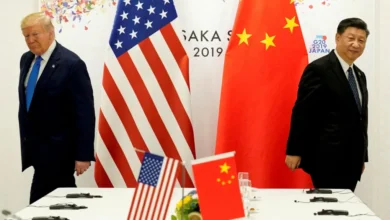Exxon Joins OPEC in Warning of Looming Oil Supply Crisis

Traders and analysts have been overwhelmingly bearish on oil in the past few months. With a few exceptions, everyone seems to expect dwindling demand and falling prices.
Yet it might turn out that the opposite will happen.
OPEC has been warning about this for years. Various officials from the cartel have been sounding the alarm that insufficient investment in new oil supply would eventually turn into a future supply squeeze that will push prices significantly higher. Exxon is now joining OPEC in those warnings.
In the new edition of its Global Outlook, the U.S. supermajor predicted that both oil and gas will continue to be vital elements of the world’s energy mix in 2050, with demand for oil remaining at above 100 million bpd after growth peaks and gas demand also remaining strong—because electricity use in Exxon’s forecast will be 80% higher in 2050 than it is now.
Perhaps the most disheartening prediction made by Exxon concerns EVs and their effect on oil demand. Here’s what Exxon said about electric vehicles:
“If every new car sold in the world in 2035 were electric, oil demand in 2050 would still be 85 million barrels per day. That’s the same as it was in 2010.”
This stands in stark contrast with virtually every other forecast about electric vehicles and their impact on oil demand, which those other forecasters see as devastating—even though the major growth in EV sales so far, even in China, has not really arrested oil demand growth.
One could argue that Exxon’s vision is of a world that the company wants to see in the future, so it can continue making money from selling hydrocarbons and hydrocarbon derivatives. It is the same argument one would use for OPEC’s warnings of underinvestment in oil and gas.
However, it is not a particularly strong argument. A shortage of oil and gas would be very welcome to Exxon and OPEC alike. Shortages tend to drive prices higher, and higher prices invariably mean greater profits, as we saw in 2022. The other thing shortages lead to, however, is political and social instability, and that would not be welcome to large businesses such as Exxon—hence the warning, and it is a grim one.
According to the supermajor, global oil production is facing a natural decline at a rate of some 15% annually over the next 25 years. For context, the IEA sees the rate of natural decline at 8% annually. Exxon points out, however, that the faster decline rate is a result of the shift towards shale and other unconventional oil production, where depletion happens faster than it does in conventional formations.
“To put it in concrete terms: With no new investment, global oil supplies would fall by more than 15 million barrels per day in the first year alone.” This is a scary prospect because “At that rate, by 2030, oil supplies would fall from 100 million barrels per day to less than 30 million – that’s 70 million barrels short of what’s needed to meet demand every day.”
In other words, if investment in new oil and gas production dries up, the world will soon face not just a supply squeeze but the mother of all supply squeezes. Per Exxon’s report, the effects of that squeeze will feature severe energy shortages and disruption to daily lives, with oil prices potentially rising by as much as 400%–twice as much as they jumped during the Arab oil embargo in the 1970s. This would, in turn, lead to higher unemployment, where rates could reach 30%, Exxon also said.
Of course, this is not going to happen. Long before such a massive squeeze materializes, there will be calls for more production, often from the same people who are currently calling for an end to all new oil and gas investment, as the IEA’s Fatih Birol did shortly after the IEA published its roadmap to net zero back in 2021.
In that roadmap, the IEA said the world needed no new oil and gas investments after the end of that year because oil and gas demand was going down. Several months later, amid falling supply and rising prices, Birol came out with a call on oil and gas companies to invest in more production and bring down prices. In IEA’s Oil Market Report for October 2021, the agency noted surging demand for energy and insufficient supply, noting that “Shrinking global spare capacity underscores the need for increased investments to meet demand further down the road.”
It seems, then, that Exxon might be on a more accurate track than the IEA, and the rest of the bearish forecasters fixated on China’s monthly crude imports and fuel exports. The supermajor might not be exaggerating the future that awaits the world if investment in oil and gas ceases. Fortunately for all of us, investment in oil and gas will not cease, despite the activist calls and threats by governments to force them to cease. The threats will remain just threats. Energy security always trumps ideology.
Story By oilprice.com



